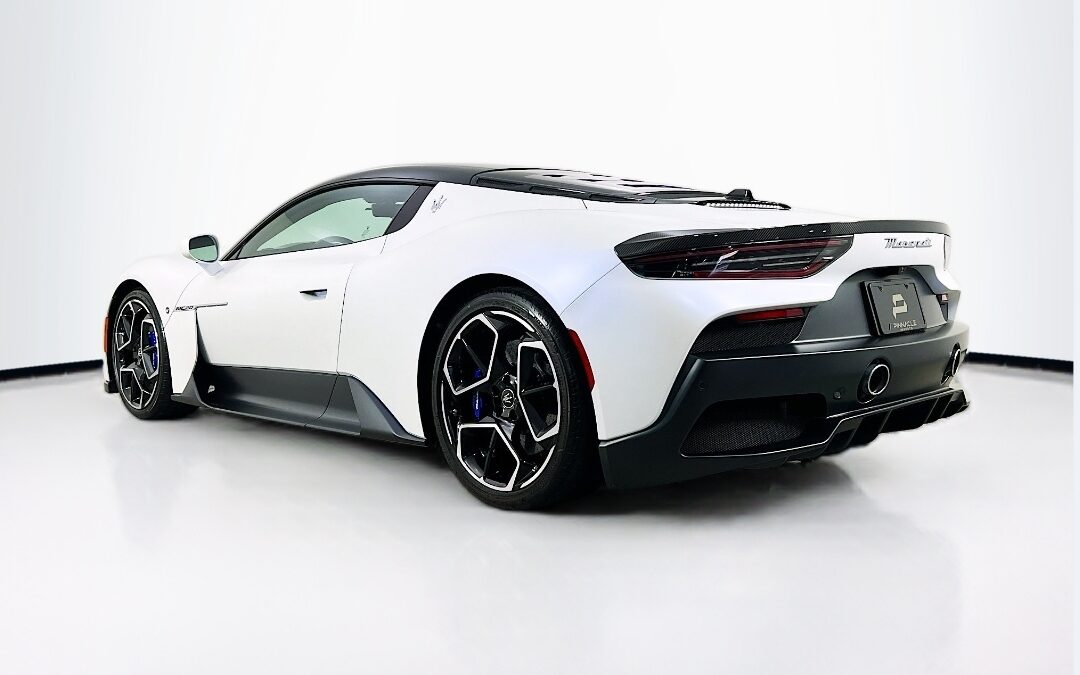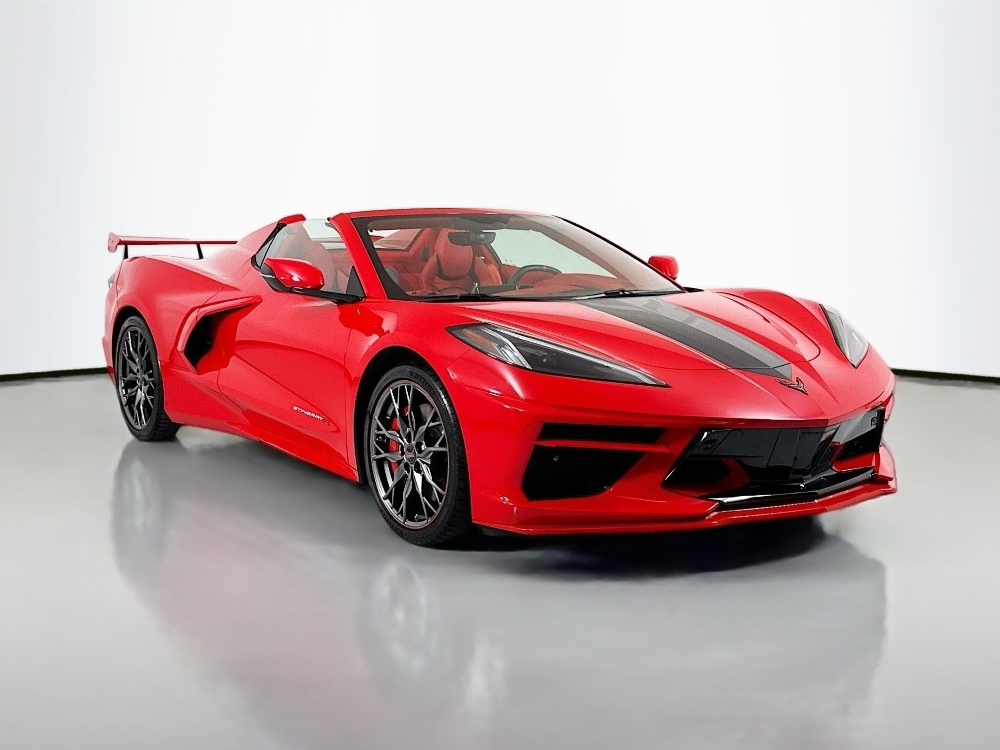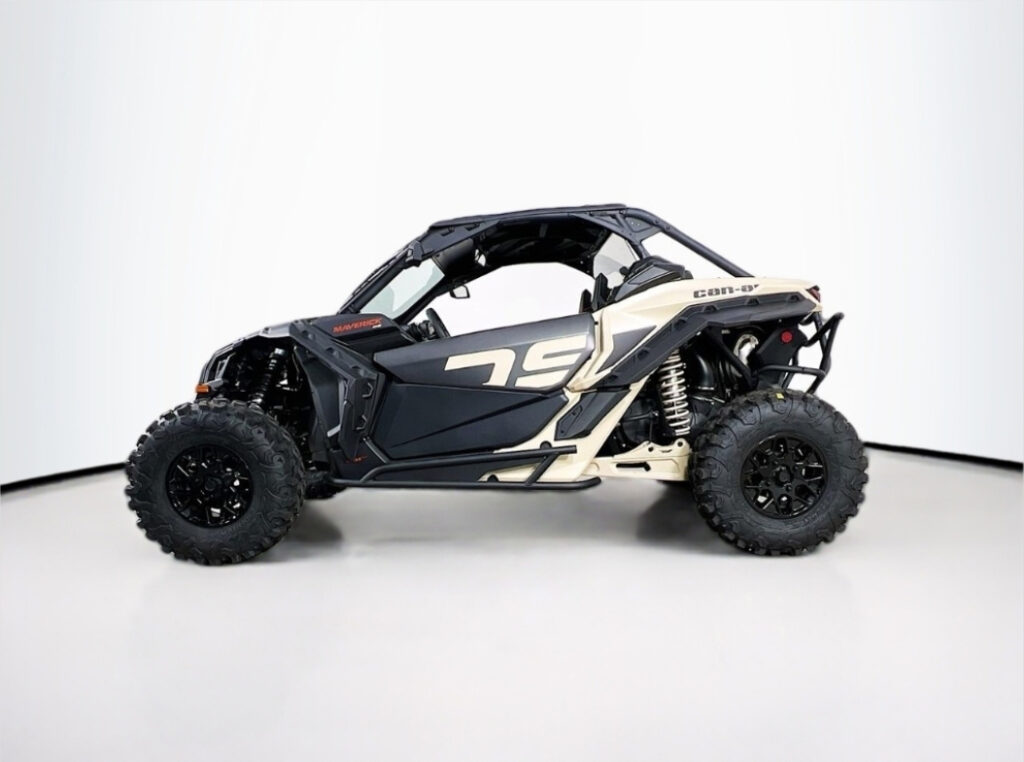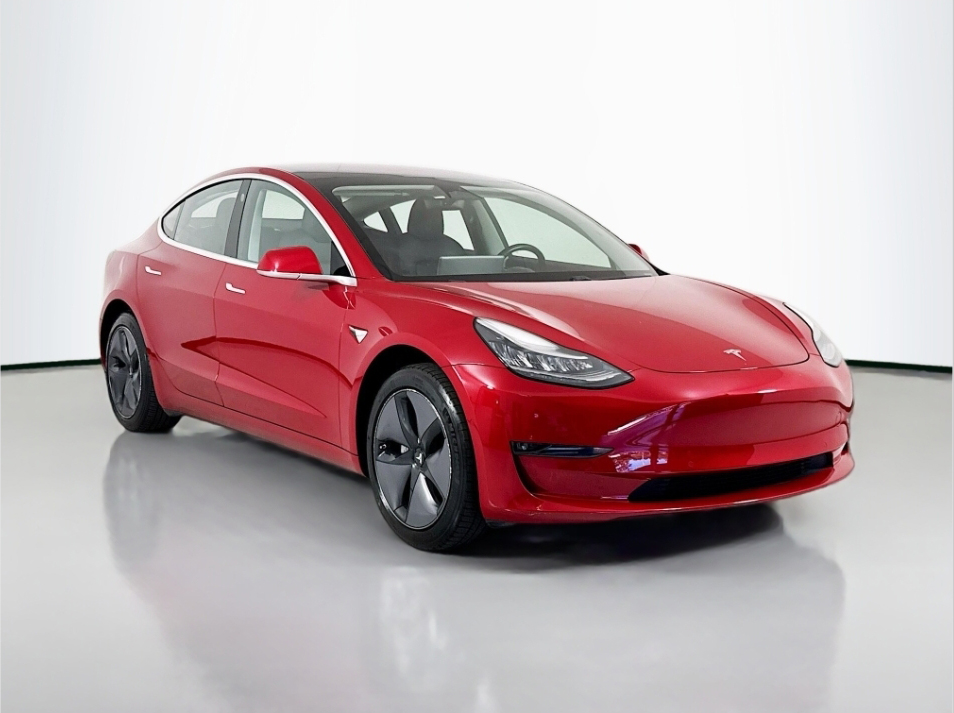1. Increased automation and efficiency
AI and computer vision can automate many of the tasks involved in vehicle photography, such as framing the shot, adjusting the exposure, and removing unwanted objects from the scene. This frees up photographers to focus on more creative aspects of the job, and it can also help to reduce the time it takes to shoot a vehicle.
2. Improved image quality
AI and computer vision can be used to enhance the quality of vehicle photos in a number of ways. For example, AI can be used to automatically correct for distortion and vignetting, and it can also be used to remove noise from the image. Computer vision can be used to identify and enhance specific features of the vehicle, such as the headlights, grille, and wheels.
3. More creative and dynamic photography
AI and computer vision can be used to create more creative and dynamic vehicle photos. For example, AI can be used to automatically generate HDR images, which combine multiple exposures to create a more detailed and realistic image. Computer vision can be used to track the vehicle as it moves, which allows for creative effects such as motion blur and panning shots.
4. New possibilities for interactive photography
AI and computer vision can be used to create new possibilities for interactive vehicle photography. For example, AI can be used to create virtual tours of vehicles, which allow users to explore the vehicle from all angles. Computer vision can be used to create augmented reality experiences, which allow users to see virtual objects overlaid on the real world.
5. Increased accessibility and affordability
AI and computer vision can help to make vehicle photography more accessible and affordable. For example, AI-powered cameras can be used to take professional-looking photos without the need for expensive equipment or specialized training. Computer vision can be used to develop software that makes it easy for anyone to edit and enhance vehicle photos.
Here are some specific examples of how AI and computer vision can be used to improve vehicle photography in a 360Booth® vehicle photo studio:
- AI can be used to automatically frame the vehicle in the center of the shot. This is especially useful for 360Booth® photos, which need to be perfectly centered in order to create a seamless panorama.
- AI can be used to adjust the exposure and white balance of the photo to ensure that the vehicle is properly lit. This is important for creating high-quality photos that accurately represent the vehicle’s appearance.
- AI can be used to remove unwanted objects from the scene, such as pedestrians, traffic cones, and other vehicles. This helps to create a more professional and polished look for the photos.
- Computer vision can be used to track the vehicle as it moves around the 360Booth®. This allows for creative effects such as motion blur and panning shots. It can also be used to ensure that the vehicle is always in focus, even if it is moving quickly.
- AI can be used to automatically generate HDR images of the vehicle. This combines multiple exposures to create a more detailed and realistic image. This is especially useful for highlighting the features of the vehicle, such as the paint job, wheels, and interior trim.
Overall, AI and computer vision have the potential to significantly improve vehicle photography in a 360Booth® vehicle photo studio. By automating tasks, improving image quality, and enabling new creative possibilities, AI and computer vision can help photographers to create more professional and engaging photos that will help to sell more vehicles.





